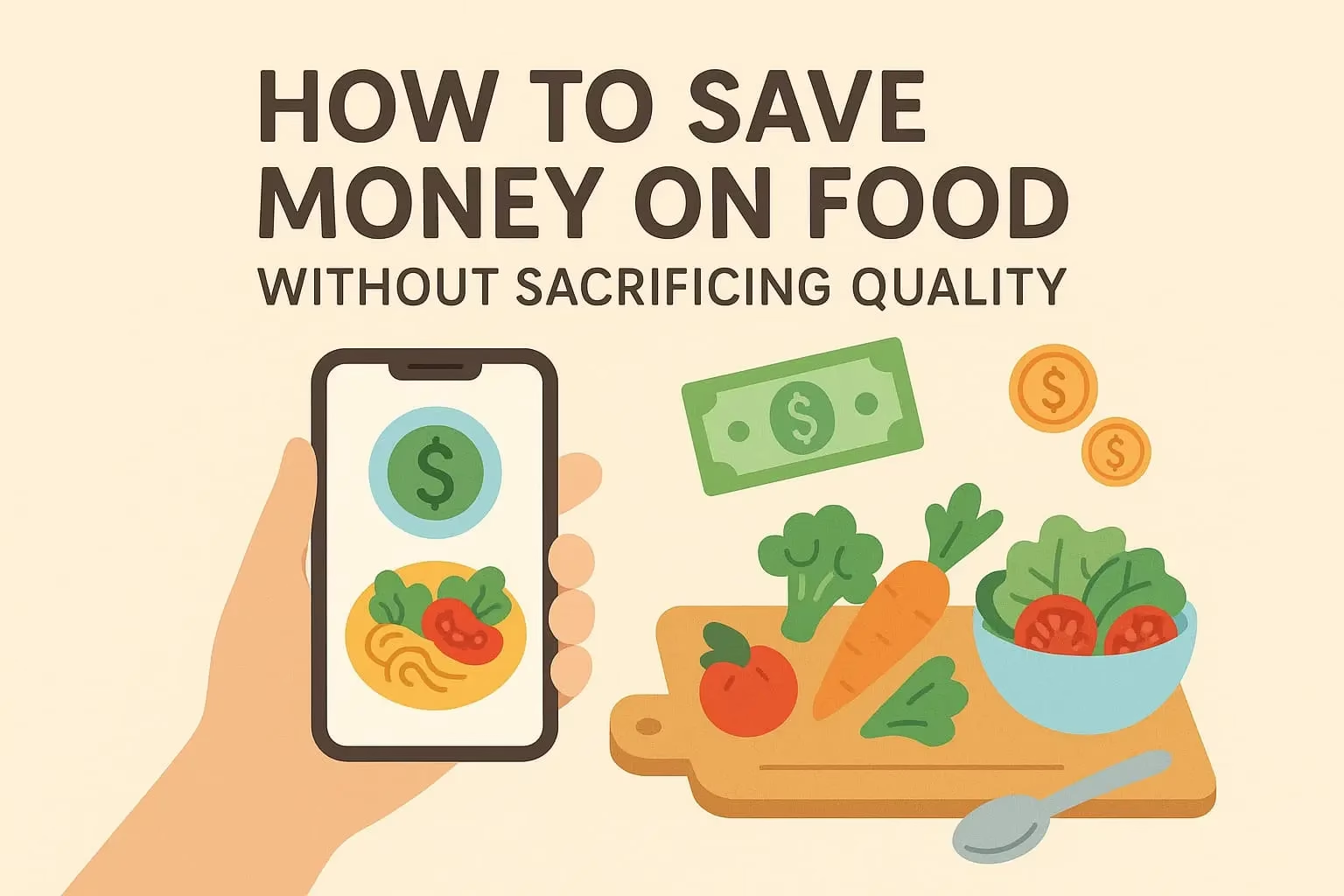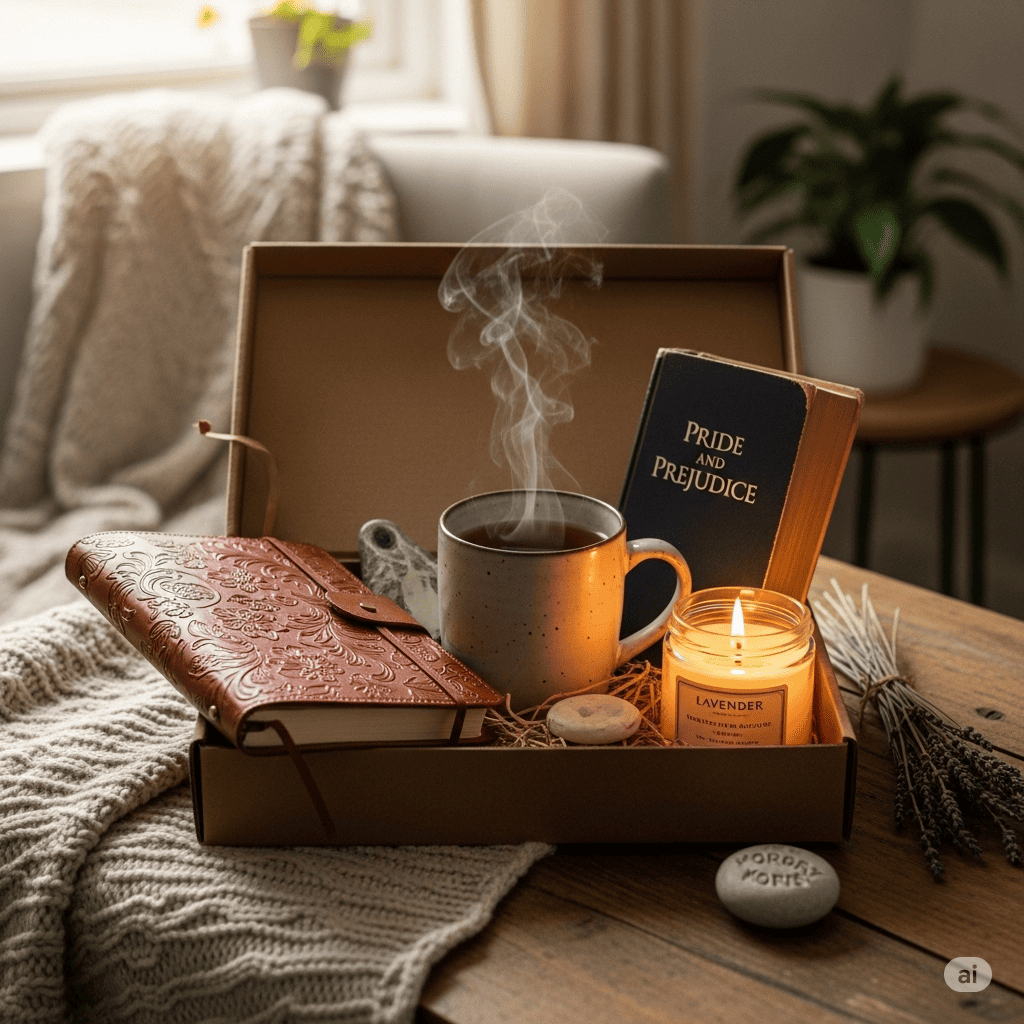Life can get heavy. Whether it’s due to emotional stress, burnout, anxiety, or just a particularly chaotic day, we all experience moments when everything feels like too much. In these moments, self-soothing becomes a vital form of extreme self-care — a way to calm your nervous system and gently bring yourself back to center.
Self-soothing isn’t about escaping reality or numbing out. It’s about regulating your emotions, offering yourself comfort, and treating yourself with the same compassion you’d give to a child, a friend, or a loved one in distress.
This article explores practical, accessible, and comforting self-soothing techniques for when you’re feeling overwhelmed — so you can return to peace, safety, and emotional balance.
What Is Self-Soothing?
Self-soothing is the practice of intentionally calming your own emotional state without depending on external validation, distraction, or avoidance. It’s a tool for navigating stress, anxiety, sadness, overstimulation, and sensory overload.
It doesn’t require fixing the problem right away. It simply says:
“You’re safe. You’re not alone. Let’s breathe.”
In moments of overwhelm, your nervous system often enters fight, flight, freeze, or fawn mode. Self-soothing techniques help shift your brain and body back into a regulated state.
Signs That You Need to Self-Soothe
It’s not always obvious when you need soothing. Here are some signs that your system is overwhelmed:
- Tightness in your chest or stomach
- Shallow breathing or rapid heartbeat
- Feeling emotionally numb or shut down
- Racing thoughts or inability to focus
- Irritability or snapping at others
- Urge to isolate or escape
- Crying easily or feeling frozen
Instead of pushing through these signs, let them be a gentle invitation to slow down and offer yourself care.
1. Deep Pressure and Grounding Touch
Your body holds tension when you’re overwhelmed. Applying deep, intentional pressure can ground you and signal safety to your nervous system.
Try:
- Wrapping yourself in a heavy blanket
- Hugging a pillow tightly
- Doing a self-hug (cross arms over chest and squeeze)
- Pressing your feet firmly into the ground
- Placing one hand on your chest and one on your belly
Focus on your body. Feel where you make contact with the floor or furniture. This reminds your brain: you are here, you are safe.
2. Temperature Shifts
Changing your body temperature is a fast and effective way to interrupt panic or overstimulation.
Try:
- Splashing cold water on your face
- Holding an ice cube in your hand for 30 seconds
- Taking a warm shower or bath
- Placing a cold compress on your neck
- Drinking hot herbal tea slowly
Temperature activates your vagus nerve, which controls your parasympathetic nervous system — the “rest and digest” state.
3. Breathwork for Nervous System Reset
When you’re overwhelmed, your breathing becomes shallow. Controlled breathing is one of the simplest and most powerful self-soothing tools available.
Try:
Box breathing:
- Inhale for 4 seconds
- Hold for 4 seconds
- Exhale for 4 seconds
- Hold for 4 seconds
Repeat for 2–3 minutes.
4-7-8 breathing:
- Inhale for 4
- Hold for 7
- Exhale for 8
These patterns help lower cortisol and restore balance.
4. Orienting and Naming
Sometimes overwhelm comes from sensory overload. The brain gets stuck in a loop. One way to disrupt this is by engaging your senses intentionally.
Try:
The 5-4-3-2-1 Method
- 5 things you can see
- 4 things you can touch
- 3 things you can hear
- 2 things you can smell
- 1 thing you can taste
This pulls you out of spiraling thoughts and brings you into the present moment.
5. Use Comforting Sounds
Sound can calm the nervous system in powerful ways. Instead of overstimulating yourself with TV or loud music, choose soothing audio to help regulate your emotions.
Try:
- Rain or ocean soundtracks
- Tibetan singing bowls
- Calming piano or ambient music
- Guided meditations or affirmations
- Nature sounds (wind, forest, birds)
Headphones can help if external noise is overwhelming.
6. Repetitive, Rhythmic Movement
Repetition and rhythm are deeply soothing to the brain, especially during stress.
Try:
- Rocking side to side
- Gentle swaying while standing or sitting
- Walking in a repetitive path (hallway, yard)
- Tapping your fingers or feet to a rhythm
- Knitting, coloring, or journaling
The key is not intensity — it’s predictability and flow.
7. Visual Soothing and Soft Lighting
Your eyes also need rest. When you’re overstimulated or anxious, harsh lights and cluttered visuals can increase discomfort.
Try:
- Dimming the lights
- Lighting a candle
- Looking at a peaceful image or landscape
- Watching clouds, trees, or moving water
- Closing your eyes for 60 seconds
Visual softness helps calm mental noise.
8. Say Kind Words to Yourself
Often, overwhelm comes with self-judgment. You feel weak for being tired, guilty for needing rest, or ashamed for feeling too much. The antidote is gentle, affirming self-talk.
Try:
- “I am doing the best I can.”
- “It’s okay to feel this way.”
- “This will pass.”
- “I am allowed to take a break.”
- “I am safe in this moment.”
Speak to yourself as you would to a scared child. Be soft. Be kind.
9. Create a Comfort Kit
Prepare a self-soothing toolkit in advance for moments when you’re overwhelmed. That way, you won’t need to think — you’ll just reach for comfort.
Include:
- A calming scent (lavender oil, candle)
- A soft item (blanket, stuffed animal)
- A grounding object (stone, crystal, photo)
- Headphones and a soothing playlist
- Herbal tea or gum
- A note with affirmations or calming instructions
You Deserve to Feel Safe Inside Yourself
Overwhelm is not a sign of failure. It’s a signal that you need support. And while the world may not always pause when you need rest, you can choose to pause for yourself.
Self-soothing is one of the most loving things you can do — not just to survive the hard moments, but to build resilience, softness, and inner safety for the future.
You are allowed to stop. You are allowed to tend to yourself and allowed to feel.
And in those moments when the world feels too loud, may these tools bring you back home — to your breath, your body, and your truth.






